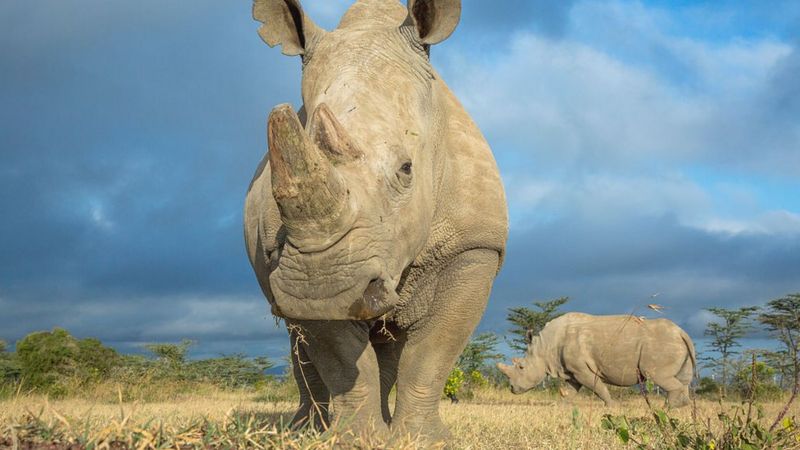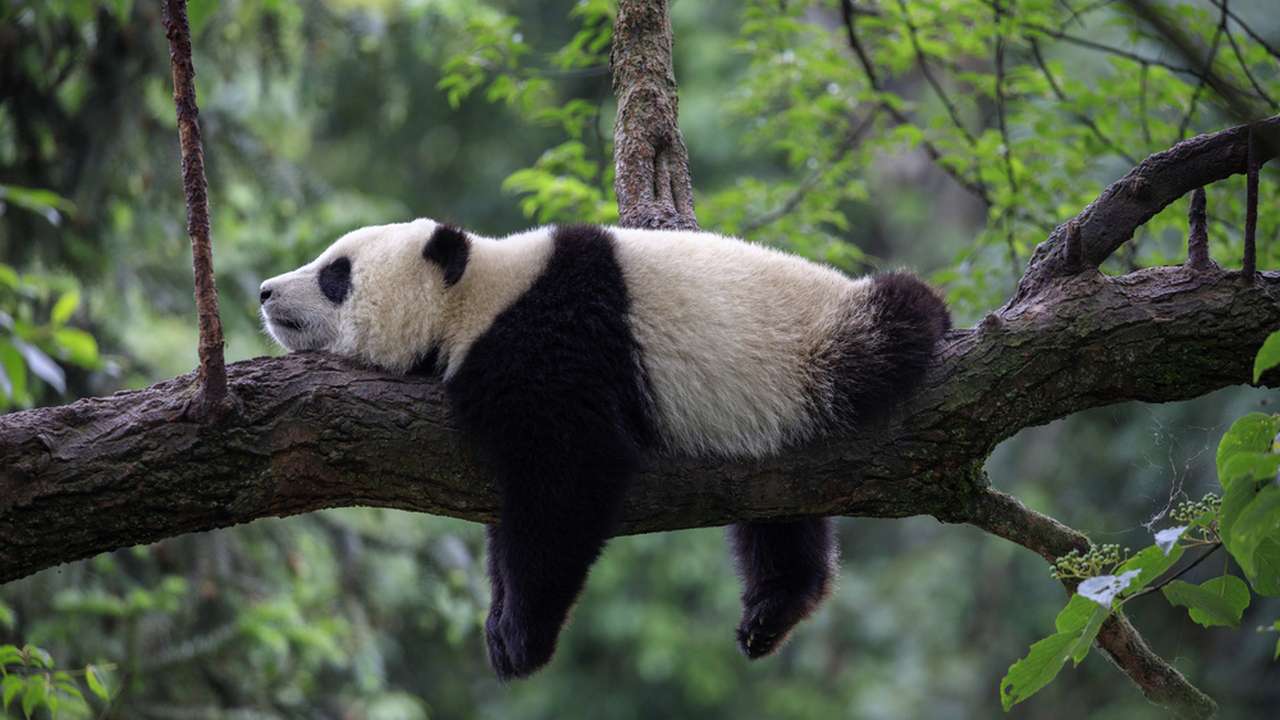![]()
The Global Biodiversity and Ecosystem Assessment Report, published in 2019, states that about one million species of plants and animals are currently extinct as a result of anthropogenic impacts. Anthropogenic impact on nature - literally translated as "man-made" impact on the biosphere.
The so-called Red Book of the International Union for Conservation of Nature (IUCN) - a list of endangered species - is a critical indicator of our impact on nature. Nearly 100,000 species were assessed under this project. More than a quarter of them are threatened with extinction, ranging from lemurs in Madagascar to amphibians such as frogs and salamanders, and plants such as conifers and orchids. This estimate is not final, and we do not even know for sure how many animals, fungi and plants there are on our planet.
According to a study published last year by IPBES, human actions could lead to the extinction of half of African birds and mammals by the end of 2100. It also states that the number of terrestrial animal and plant species in Europe and Central Asia has declined over the past decade.


According to a recent study, although climate change is a growing threat, the main drivers of biodiversity loss remain habitat loss through the use of land for food, fuel and timber, and the over-exploitation of plants and animals by deforestation, hunting and fishing. Mammals such as pangolins, for example, are on the verge of extinction due to illegal hunting for their shells and meat. Irrational deforestation is contributing to the extinction of rhinoceros monkeys in Myanmar, and the expansion of agriculture is destroying animals such as cheetahs. "Governments have focused much more on climate change than on biodiversity loss or land degradation," IPBES Chairman Professor Bob Watson told the BBC. "However, all three factors are equally important for human well-being."